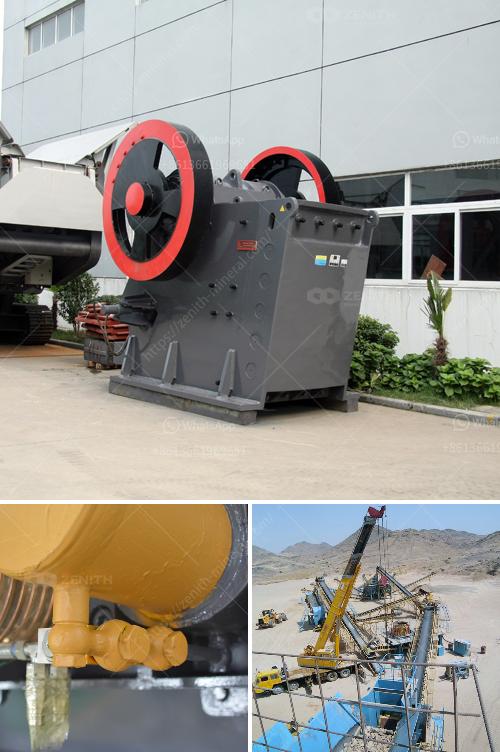Calculating the motor power required for a vibrating screen involves understanding several key parameters and using specific formulas. Here's a basic outline of the process:
Determine Basic Parameters:
Assess Motion Parameters:
Calculate Acceleration:
Calculate Power Requirements:
Calculate Motor Power:
Convert Mechanical Power to Electrical Power:
Suppose you have the following data:
Calculate the required force:
Velocity (v): \[ v = 2 \pi \cdot 15 \cdot 0.005 \approx 0.471 m/s \]
Acceleration: \[ a = (2 \pi \cdot 15)^2 \cdot 0.005 \approx 44.42 m/s² \]
Estimate the mass (m) of the material on the screen: \[ m = \text{Screen area} \times \text{Bulk density} = 2 \times 1.5 = 3 \text{ tons} = 3000 kg \]
Mechanical power needed: \[ P_m = 133260 \times 0.471 \approx 62706 W \approx 62.7 kW \]
Considering efficiency: \[ P_e = \frac{62.7}{0.9} \approx 69.67 kW \]
Thus, a motor with a power rating of around 70 kW would be required.
This is a simplified calculation, and actual requirements may vary based on additional factors such as screen efficiency, material characteristics, and specific configuration. Always consult with equipment manuals or engineering services for accurate motor sizing.
